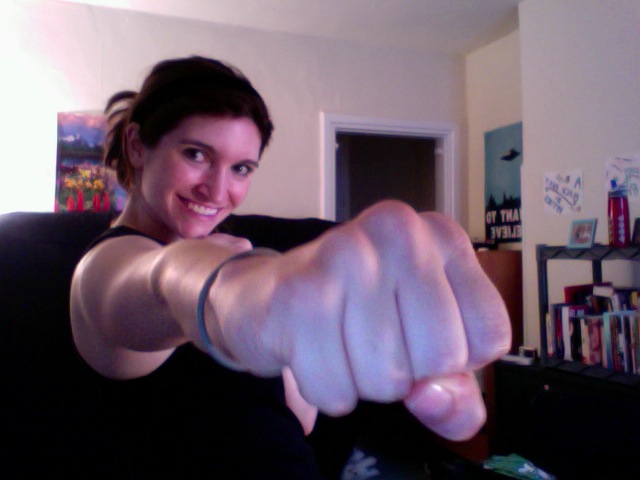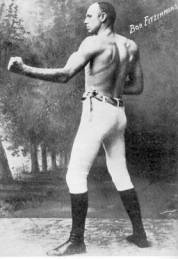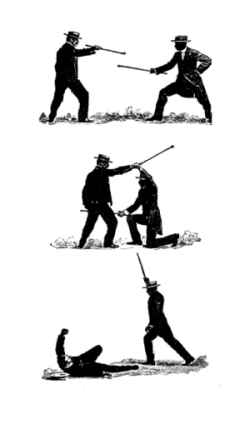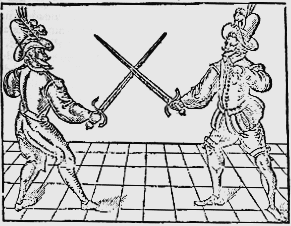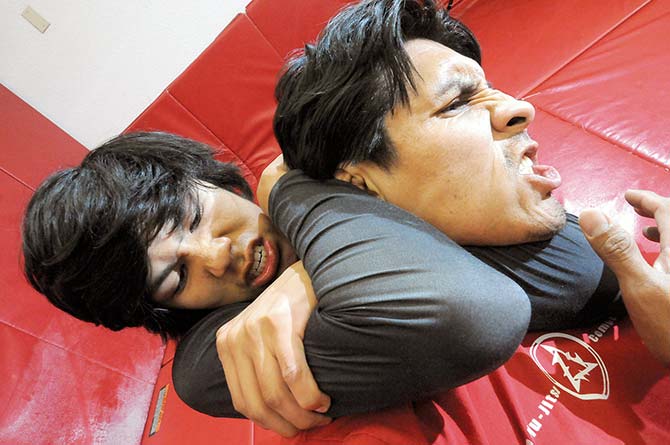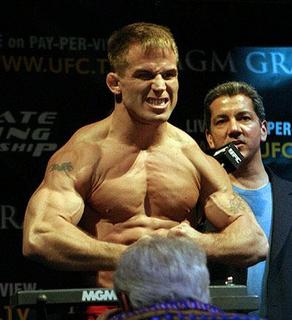
Ku Nye Traditional Tibetan Massage Training Level 1.1: May 21-26 2011
Mantra Healing Level 1: May 28-31 2011
Public Talk- Karma Mudra: May 31, 2011
Medicine Buddha Day: June 1, 2011
Other upcoming events:
With Jhampa Kalsang, master Tibetan Astrologer
Tibetan Medical Astrology Intro 24 June
Basic Elemental Astrology 25-26 June
~~~~~~~~~~~~~~~~~~~~~~~~~~~~~~~~~~~~~~~~~~~~~~~~~~~~~~~~~~~~~~~~~~~~~~~~~~~~~~~~
Ku Nye: Traditional Tibetan Massage Level 1.1 May 21- 26, 2011
10am- 6pm at Mckinnon Institute, Oakland
Ku Nye is a main external therapy of the Tibetan Medical tradition. Originating from the ancient sages of Tibet over 3900 years ago, this healing practice has been developed in the Buddhist medical tradition. Ku Nye employs the wisdom of Traditional Tibetan Medicine and yogic understanding of the body's physiological and energetic systems. This external treatment is especially effective in calming the wind humour that is commonly disturbed in modern society. There is a wide spectrum of techniques, employing herbal infused oils and other therapeutic tools to treat various imbalances and to bring constitutional vitality.
May 21-23: Essential basics of Tibetan Medicine with Eric Rosenbush L.Ac. ***
* Origin and History of Tibetan Medicine
* Introduction to the five elements and three humors
* Basic typology.
* Use of herbal oils in kunye practice
* Basic breathing techniques and yogic exercises for Kunye practice
May 24-26: Practical Ku Nye training with Dr Nida Chenagtsang
The Ku Nye session is divided into three phases of treatment, which will be introduced in this course:
* KU: Techniques to apply herbal oil formulated according to constitutional type, using traditional strokes.
* NYE: Localized massage techniques including kneading, rubbing and pressing of muscles and tendons. Introduction to the points and energy meridians of Tibetan Medicine.
* CHI: cleaning the oils from the body using medicinal powders.
*** The class on May 21-23 regarding the basics of Tibetan Medicine will be taught by Eric Rosenbush, L.Ac. This is a required portion of the training for those students who have not completed the Basic Tibetan Medicine course with The Sorig Institute.
Please visit our website for the complete course description. There you will find descriptions for The Sorig Institute's 500 hour Ku Nye Massage certification program and its 3 levels of comprehensive training.
~~~~~~~~~~~~~~~~~~~~~~~~~~~~~~~~~~~~~~~~~~~~~~~~~~~~~~~~~~~~~~~~~~~~~~~~~~~~~~~~
Mantra Healing 1: May 28-31, 2011 at The Applied Chikung Loft
Tibetan Mantra Healing is a powerful form of sound healing that originated 5000 years ago. It was developed by the Drang Srong sages (Rishis), who also revealed the yogic and meditation practices. This course presents a comprehensive introduction to the art and science of the Tibetan Mantra Healing tradition. Mantra healing is the practice of using sound as a healing medium, using primordial sounds of nature, as well as divine words from the Sanskrit and Tibetan languages. It is a powerful method of bringing balance to various diseases and restoring health for oneself and others.
Course Description:
* Introduction to Mantra Healing and TTM.
* Theory of how Mantras function, including the law of interdependent origination of all phenomena, the five elements, etc.
* Instruction on performing simple Mantra healing rituals.
* Using Mantra to empower substances, such as medicine, water, gems, and amulets.
* Transmission of 70 healing Mantras for various diseases, with practical application of how to use them.
The mantras taught in this course originate from the ancient Rishis and Ngakpa yogis of Tibet, and have been passed down up to the great 19th century master Ju Mipham Rinpoche.
From this lineage, the mantra healing system was transmitted to Dr. Nida.
*Class will be from 10am- 6pm May 28th and 30th.
May 30th will commence again after dinner break at 8pm for a night mantra session that will go until approximately midnight. May 31st will be a half day, ending at 1pm.
~~~~~~~~~~~~~~~~~~~~~~~~~~~~~~~~~~~~~~~~~~~~~~~~~~~~~~~~~~~~~~~~~~~~~~~~~~~~~~~~
Karma Mudra: May 31st, 2011 2:30pm-4:30pm
Public Talk: Karma Mudra- Sexuality in Yoga and Healing
Dr Nida will bring clarity to an often misunderstood aspect of Tibetan Tantric practice. The talk will address the nature of sexuality spiritually as a path; and the nature of orgasmic states according to the yogic and medical systems.
~~~~~~~~~~~~~~~~~~~~~~~~~~~~~~~~~~~~~~~~~~~~~~~~~~~~~~~~~~~~~~~~~~~~~~~~~~~~~~~~
Medicine Buddha Day: June 1, 2011
The meditations of Medicine Buddha, are used in both the spiritual and healing traditions of Tibet. The practice is aimed for personal spiritual progress, to heal the roots of our existence in samsara. For self-healing and to address the imbalances of body, energy, and mind, this practice is commonly used by practitioners of the healing arts. Dr. Nida will introduce the various aspects of Medicine Buddha practice, from sutra, tantra, and healing traditions. This includes a special sadhana practice from the terma tradition, involving Medicine Buddha with four healing Dakinis. This is a simple yet effective practice for those who are in need of mind/body healing.
There will also be a short transmission of the Yuthog Nyingthig Ngondro- a profound meditation practices employed by Tibetan doctors.
*Class will start at 10am with 1 hour explanation, then 1 hour practice; followed by 2 hours of practice in the afternoon.
~~~~~~~~~~~~~~~~~~~~~~~~~~~~~~~~~~~~~~~~~~~~~~~~~~~~~~~~~~~~~~~~~~~~~~~~~~~~~~~~
Dr Nida Chenagtsang was born in Amdo, Tibet; a region known for centuries for its tradition of Ngakpas- Tibetan Yogis. He studied the local medical system, as well as doing intensive formal training at the Lhasa Tibetan Medical University. Later, he has practiced in various hospitals in Tibet, and has published many works on Traditional Tibetan Medicine. He has extensively researched ancient Tibetan medicinal treatments, specializing in the revival of external therapies, which has brought him high acclaim in the field of Tibetan Medicine in both the East and West.
Dr Nida is Director of the International Academy for Traditional Tibetan Medicine (IATTM) and the Co-Founder of the International Ngak-Mang Institutes (NMI), established to preserve and maintain the Rebkong Ngakpa culture within modern Tibetan society. Recently he has been teaching comprehensive Tibetan Medicine courses all over the world.
Fluent in English, Dr Nida is an experienced and knowledgeable communicator with years of experienced and a sophisticated ability to teach the subtleties of this traditional wisdom to Westerners.
~~~~~~~~~~~~~~~~~~~~~~~~~~~~~~~~~~~~~~~~~~~~~~~~~~~~~~~~~~~~~~~~~~~~~~~~~~~~~~~~
California acupuncture CEU's available, (pending approval).
21 CEU's for Mantra Healing
36 CEU'S for Ku Nye Massage
~~~~~~~~~~~~~~~~~~~~~~~~~~~~~~~~~~~~~~~~~~~~~~~~~~~~~~~~~~~~~~~~~~~~~~~~~~~~~~~~
Location:
Kunye course: McKinnon Institute; 2940 Webster Street; Oakland, CA. 94609-3407
All other courses: The Applied Chikung Loft; 421 Bryant St, San Francisco, CA 94107
Tuition:
Ku Nye Level 1: Before April 9th- $560, After April 9th- $700
Mantra Healing Level 1: Before April 9th- $400, After April 9th- $500
Karma Mudra: public talk-Donation (Please call or email to reserve your space)
Medicine Buddha Day: -Donation (Please call or email to reserve your space)
Both Ku Nye and Mantra Healing: Before April 9th- $900, After April 9th- $960
Limited work trade also available
Registration:
'The Sorig Institute':
Sorig Institute c/o Laura Nasca
1635 E. 22nd St, Oakland, CA 94606
***With your check, please clarify which classes you are registering for and your contact information. ~ Thank you.
This Website is dedicated to Taoist Lineage Master Bruce Kumar Frantzis ...
Focused on the "Water School" of Taoism ...
Therefore I think Ads like this are in bad taste !
In full respect to the traditions of Bruce, in every course he teaches, he speaks of the situation of Tibet, its culture and children. What we are doing is in harmony with the system of nei gong and internal arts, as we go deep into the channel systems and human energetic system. I posted it to bring awareness of Tibetan medicine to the community, not in any bad taste. However, you are entitled to your opinions, and if the moderators agree, I happily won't post about upcoming events again.
Thanks for your concern, and attempt to uphold integrity. We mean no disrespect.





